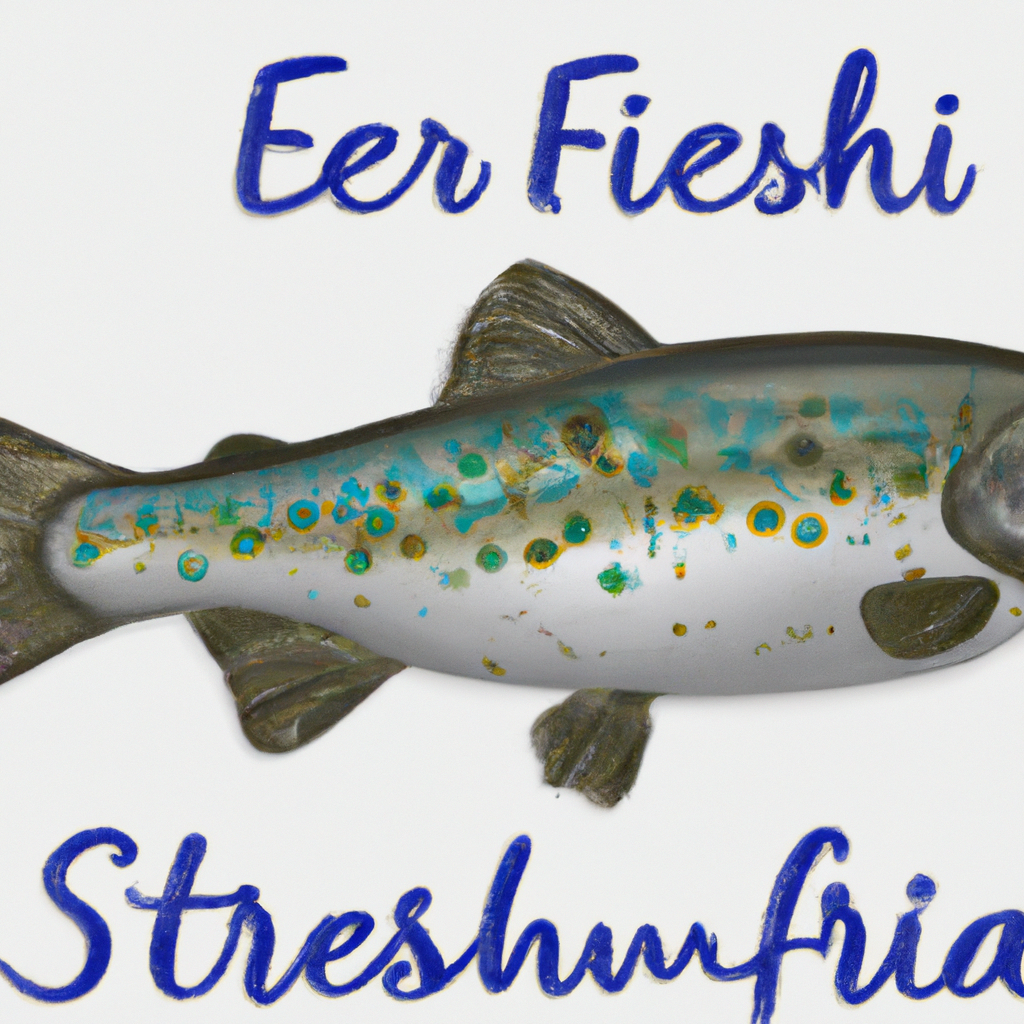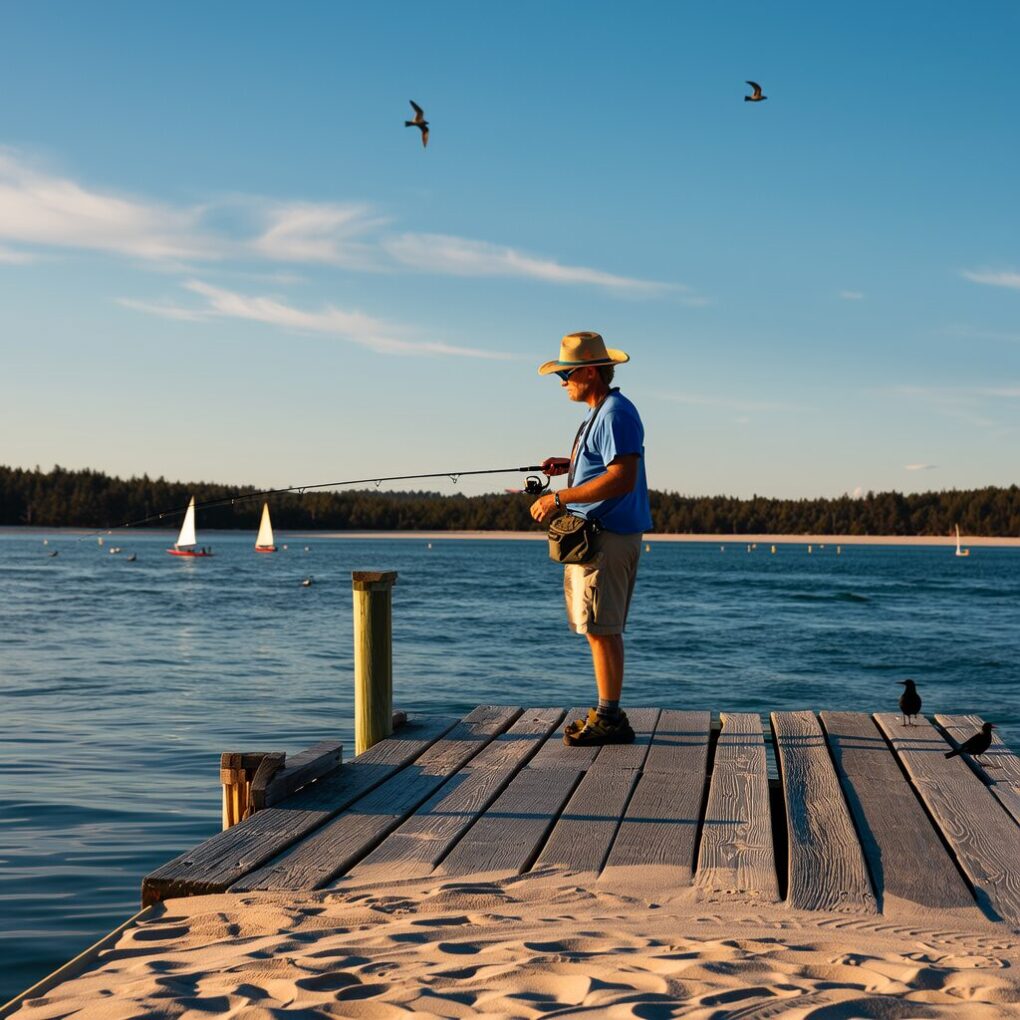Introduction
Stream fish are a group of aquatic species which inhabit freshwater rivers and streams. These fish are specially adapted for fast-moving waters and play a vital role in the ecosystem, controlling insect populations and acting as prey to larger predatory species.
Types of Stream fish
Stream fish are found in many different species around the world. Each has its own unique adaptations and behavior. Among the most common stream fish are trout, salmon catfish and darters.
Trout
Trout is a popular stream fish species known for its vibrant colors and delicious taste. Anglers prize them for their fighting abilities and often find them in cold, clear rivers. Rainbow, brown and brook trout are some of the most common types.
Salmon
Salmon is another well-known species of stream fish that migrates long distances from freshwater streams into the ocean, and then back again to spawn. These fish are highly prized for their meat, and are an important food source for many animals including bears and eagles.
Catfish
Catfish are a diverse family of stream fish, known for their barbels that look like whiskers and their bottom-feeding behaviour. They can grow to be large and are found in many habitats from muddy streams to clear rivers. Catfish are found in many different types, including flathead, blue, and channel catfish.
Darters
Darters are small colorful stream fish found in fast-flowing rocky streams. They are known for their elaborate mating displays and for their unique adaptations to living in turbulent waters. Darters are available in many different types, including rainbow, fantail and tessellated.
Adaptations to Living in Streams
Stream fish have developed a number of adaptations that allow them to survive in their fast-moving habitat. These adaptations include streamlined bodies, powerful fins to navigate currents, and camouflage colors to avoid predators.
Streamlined body shapes
Stream fish have elongated and streamlined bodies that allow them to move through water moving quickly. This body shape allows the fish conserve energy when swimming against strong currents.
Powerful Fins
Stream fish have powerful, flexible fins that allow them to navigate the turbulent waters in streams and rivers. These fins give the fish stability and maneuverability. They can maintain their position and dart quickly into fast-flowing waters to catch prey.
Camouflage Coloration
Many stream fish have camouflage colors that help them blend into their rocky streambed environments. This coloration makes the fish difficult to spot by predators, allowing them hide in plain view and avoid becoming dinner.
Feeding Habits
Stream fish feed in a variety of ways, depending on the species and habitat. Some fish are opportunistic eaters, which will eat many different preys. Others are specialized feeders who target specific types.
Opportunistic Feeders
Some stream fish like catfish and trout are opportunistic eaters who will eat any food source that is available. These fish are generalists and can survive on a variety of prey including insects, smallfish, and aquatic plants.
Specialized Feeders
Other stream fish like darters and young salmon are specialized feeders who target specific types food. These fish have evolved specialized behaviors and mouthparts to capture their preferred prey such as aquatic insects or alga.
Reproduction
Reproduction is an important aspect of the lifecycle of stream fish. It ensures the survival of the species. Stream fish have evolved a variety of reproduction strategies to maximize the chances of producing offspring within their fast-moving habitat.
Spawning
During spawning, females release eggs in the water while males fertilize externally. This process involves colorful displays and rituals to attract mates in order to ensure successful reproduction.
Migratory Behavior
Some stream fish, such as salmon, migrate long distances from their habitat in freshwater streams to the ocean, and then back again, to spawn. These fish have developed the ability to navigate great distances and overcome obstacles in order to reach their spawning ground.
Threats to Stream Fisheries
Despite their adaptability and resilience, streamfish face a variety threats to their existence in today’s modern world. These threats include habitat destruction and pollution, overfishing and climate change.
Habitat Destruction
Stream fish depend on healthy stream ecosystems for reproduction and survival. Many streams are threatened by habitat loss, such as through dam construction, agricultural runoff and urban development. These can degrade the water quality and disrupt fish population.
Pollution
Water pollution can be a serious threat to stream fish. Contaminants like pesticides and heavy metals can harm the health and reproduction of fish. Pollution can also cause oxygen depletion and algae blooms that can destroy stream ecosystems and lead to a decline in fish populations.
Overfishing
Overfishing is a significant threat to stream fish. Unsustainable fishing practices can deplete the fish population and disrupt the ecosystem. Anglers are attracted to stream fish species for their beauty and flavor, which can lead to a targeted fishing pressure on fish populations.
Climate Change
Climate change is a global problem that can affect stream fish by changing water temperatures, flow patterns and habitat availability. Temperature increases and weather patterns that are altered can disrupt stream ecosystems, putting fish populations at risk.
Conservation Efforts
Around the world, efforts are being made to protect and conserve stream-fish populations and their habitats. These conservation strategies include habitat rehabilitation, pollution prevention and sustainable fishing practices. They also aim to mitigate climate change.
Habitat Restoration
Habitat restoration is a key conservation measure to protect stream fish populations. These projects include restoring degraded streams, removing obstacles such as dams and culverts and planting native plants to improve water quality.
Pollution Prevention
Pollution prevention measures such as reducing runoff on agricultural fields, improving wastewater treatment and promoting responsible waste management can help protect streamfish from the harmful effects caused by water pollution. We can protect fish health and reproduction by reducing contaminants in streams.
Sustainable Fishing Practices
Sustainable fishing techniques, such as catch and release angling, bag and size limits, and habitat-protection zones, can ensure that stream fish populations are healthy and productive. By managing fishing pressures and preserving fish habitats we can prevent overfishing, and maintain fish stocks to benefit future generations.
Climate Change Mitigation
Climate change mitigation efforts such as reducing greenhouse gases emissions, promoting alternative energy sources, and adapting the changing environmental conditions are essential to protect stream fish from impacts of a warm planet. By addressing climate changes at a global level, we can secure a future for stream fishes and their habitats.
Conclusion
Stream fish are fascinating, important members of freshwater ecologies. They have unique adaptations and behaviors which make them well suited to live in fast-moving rivers and streams. By understanding the challenges faced by stream fish and taking steps to protect their habitats we can ensure these amazing fish continue to thrive in generations to come.




